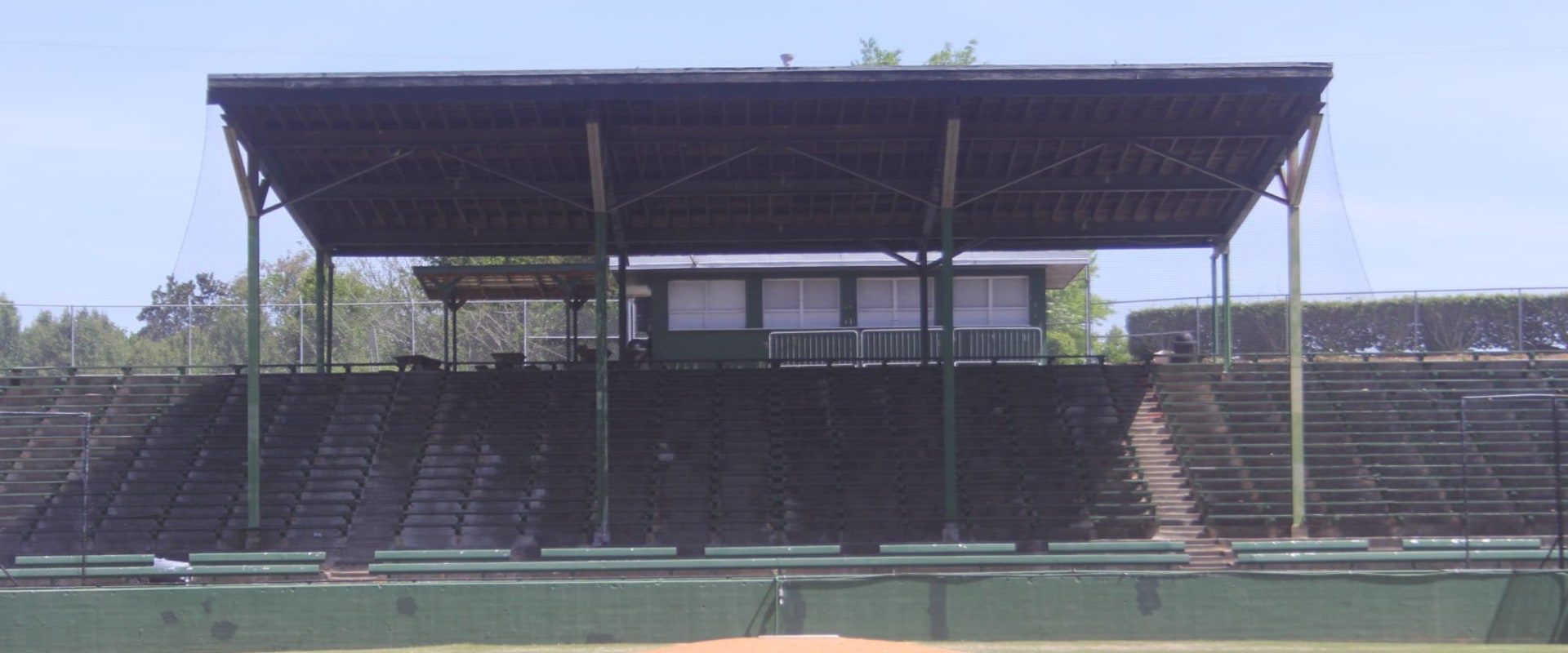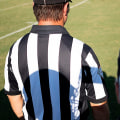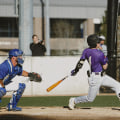Competitive baseball is a sport that can be enjoyed by both genders, with rules and regulations in place to limit participation. A student can only join one team, and a player cannot participate in more than one Minor League program if they are involved in Tee Ball or any of the minor divisions. However, players from the Major Division or any of the minor league youth divisions have the option of using a double roster. This means that a player can play for up to two regular season teams in the same year.
In addition, there is an exemption process that allows parents to work with local leagues to provide their children with more opportunities to participate in a league outside of where they live or go to school. However, simply attending one of these schools does not guarantee that the candidate will be recommended for the evaluation course or for vacancies in lower level leagues. The rankings for Minor League Baseball (MiLB) have been in place since the National Association of Professional Baseball Leagues (the formal name of Minor League Baseball) was established before the 1902 season. MiLB is professional baseball inferior to Major League Baseball (MLB), which includes teams affiliated with MLB clubs and independent baseball leagues comprised of unaffiliated teams. During the 1970s, three official minor leagues (members of the NAPBL) tried unsuccessfully to revive unaffiliated baseball (teams not associated with specific MLB franchises) within the structure of organized baseball. The categories lower than category A disappeared due to a serious financial crisis in minor league baseball, caused by factors such as the increase in television broadcasts of major league sports in large regions of the country.
These people are great resources for learning more about Minor League offerings in your area. Sports news, like most news in general, didn't usually go very far in the days before radio and television, so while leagues were often enraged at descriptions by the market's top writers, they considered themselves to be independent sports companies. The first rankings used in the minor leagues began around 1890, for teams that were part of the National Agreement of 1883. In three categories (play of the year, time of year and home run of the year), an overall winner is chosen for all minor league baseball. North American leagues remained extremely independent, and the term minor was seldom used to refer to them, except by the major sports writers in the markets. Teams that compete for the flag at the end of the season, it gives them new players, while teams that are not in dispute, it gives them the opportunity to evaluate their second-division players against those in the major leagues. Minor league players who are not on the list of 40 reserve players are under contract with their respective parent clubs in Major League Baseball.
Players will play on the team they are assigned to during that season, unless they are drafted (promoted to a higher level), expelled (demoted to a lower class team in the agricultural system of major league clubs), or completely expelled from the agricultural system. Players on the injured list (IL) can be sent to the minor leagues to help them rehabilitate after an injury, usually for a week or two. These minor league players work at the lower end of the major league pay scales and are covered by all player association rules and agreements.




